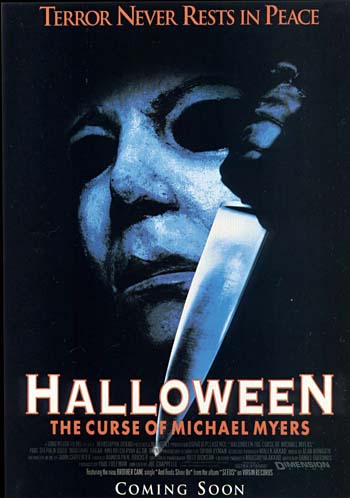Edward Diener explains that deindividuation is the internal phenomena in which people lose their self consciousness and become subjectively undifferentiated from the people around him. The process of deindividuation often coincides with the manifestation of undesirable behavior and increased liking for the group in which they are in. In the case of deindividuation anonymity, along with altered responsibility, group size, physical involvement, unstructured situations, and altered consciousness, are all important “input variables” that can lead to a “loss of self-observation and self evaluation, coupled with lowered concern for social evaluation” (Diener 1977). All these variables can be seen as aspects of the festival of Halloween.
All of the input variables lead to an “internal change” leading the subject to feel “indistinguishable from one’s environment, and reduced self-consciousness, self evaluation and concern for negative consequences” (Diener 1977).The input variable of anonymity is the both important and valid in the discussion of the use of the mask on Halloween. Diener points out that “A variety of studies has uncovered relationships between anonymity and uninhibited behavior” (Diener 1977). Diener says explicitly that anonymity “liberates normally inhibited behavior” (Diener 1977). This of course correlates to the discussion of masks, because Halloween masks, and other like masks, are worn not with the intention to create, but rather with the intention of stripping the subject of their old identity.
I think the idea of Deindividuation is an important concept to talk about in the context of Halloween, and the link to crime. As was discussed in Origins in Samhain crime, pillaging and antisocial behavior is not only allowed on Halloween it is expected. Our modern fears of Halloween lie less in the beliefs of ghouls and goblins and more in the presence of crime, and whether without our knowing it we could be a victim of Halloween revelry gone awry. "At the level of rumor and legend, contemporary fears of axe murderers and candy poisoners have joined, if not replaced, the fear of ghosts and witches, but the dread of the unknown and uncontrollable continue to be addressed in both cases" (Santino pg. 1983). In 1982, 270 incidents of candy tampering were reported in one city, when investigated only a possible 36 cases were in any way legitimate (Rogers 2002). There are only two know deaths from the 1970s from Halloween candy. One might be false (it is possible that the kid did not receive the cocaine from the candy, but from a relative’s house) and the other was premeditated murder on the part of the child’s father (Rogers 2002). Despite that most of what we fear is hype, we are still terrified by the anonymous victimizer.
So where do masks fit in? Like Deiner said, anonymity is an input variable for uninhibited behavior. In our imaginations this uninhibited behavior is crime. An example I would like to put forward is the 1970s horror flick “Halloween” by John Carpenter. This movie breathes our fears born from masking on Halloween. Michael Myers, a masked serial killer is on the loose and out for blood, but thanks to Halloween he is able to escape capture until the very end. Rogers says “Halloween facilitates Myer’s elusiveness and the vulnerability of his victims by virtue of the fact that it is a night for masks and pranks” (Rogers 2002). The mask Myer’s wears keeps him anonymous to the outside public and allows his extremely antisocial behavior of mass-murder. This plays off the audience’s fears because during Halloween we never really know the identity of the person behind the mask.

Back to HALLOWEEN
